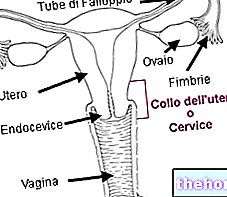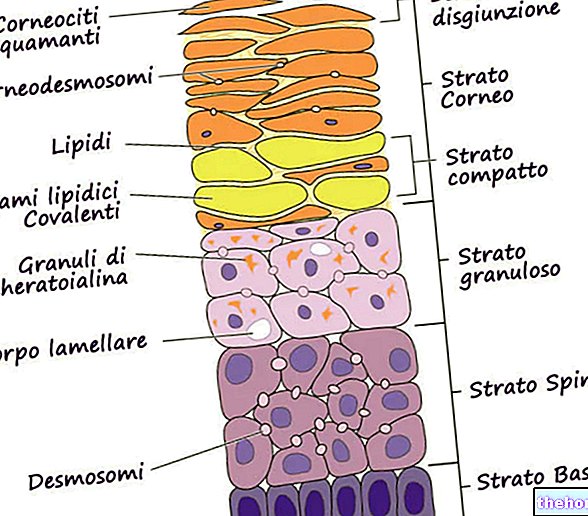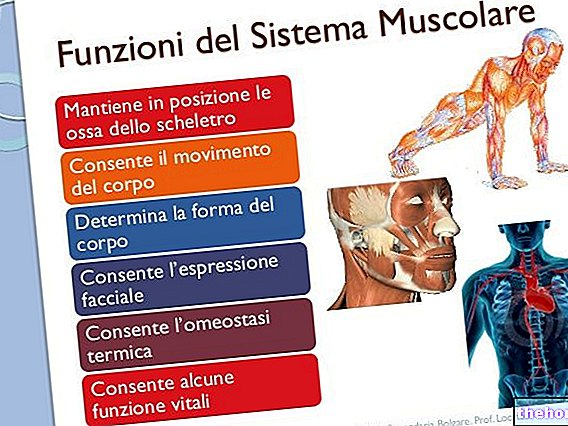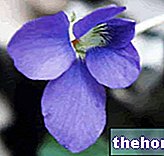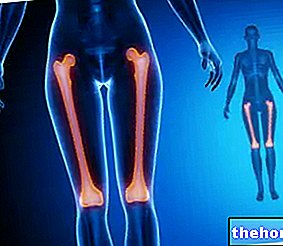What are
In plants, the response to stimuli is not mediated by the nervous system but by hormones.
As in all other organisms, the response of a plant to internal and environmental stimuli occurs in three stages: perception, transduction and response.

Usually the response of a plant to plant hormones involves the activation of genes responsible for the synthesis of specific proteins or other metabolic changes
Functions
Plant hormones are the chemical messengers that preside over the internal coordination of the different functions of the plant and regulate the responses to external stimuli. They are produced in one part of an organism and affect the other parts of it disproportionately with respect to their concentrations.
For example, if a plant is subjected to water stress, a hormone, abscisic acid, is released from the chloroplasts of the mesophyll, which reaches the stomata and stimulates them to close, thus limiting respiration, and allowing the plant to adapt to the new environmental condition
Difference between animal and plant hormones
- There are no specialized hormone-producing organs in a plant: the centers of production are multiple and difficult to locate
- Plant hormones do not always act in a place other than where they are produced.
- Each plant hormone has a wide range of activities and therefore acts on numerous organs with different functions; consequently, each plant organ is regulated by several hormones
- The action of a plant hormone varies from one organ to another. The diversity of effects lies in the presence of receptors for the hormone in several organs, but these receptors are linked to different transduction chains that trigger different chemical reactions.
- While animal hormones are chemically polypeptides or steroids, plant hormones are small molecules with various structures
- . Plants have fewer hormones, the main ones are in fact only 5 (auxins, ethylene, abscisic acid, gibberelline and the cytokinins).
- One thing in common between animal and plant hormones is the action at low concentration. The effect of the hormone begins to manifest itself above a certain threshold concentration; increasing the concentration also increases the effect until reaching an optimal concentration at which c "is the" maximum effect. If the optimal concentration is exceeded, the effect decreases again. However, in animals the hormonal action can be graduated through small variations in concentration, in plants instead it takes variations of the order of 1000-10000 times.
- In animals the action of hormones is regulated by a rigid system: most of the endocrine glands are regulated by the pituitary, which, in turn, is controlled by the nervous system. In plants, coordination is less hierarchical and there is no single center that controls the production and secretion of all hormones.

